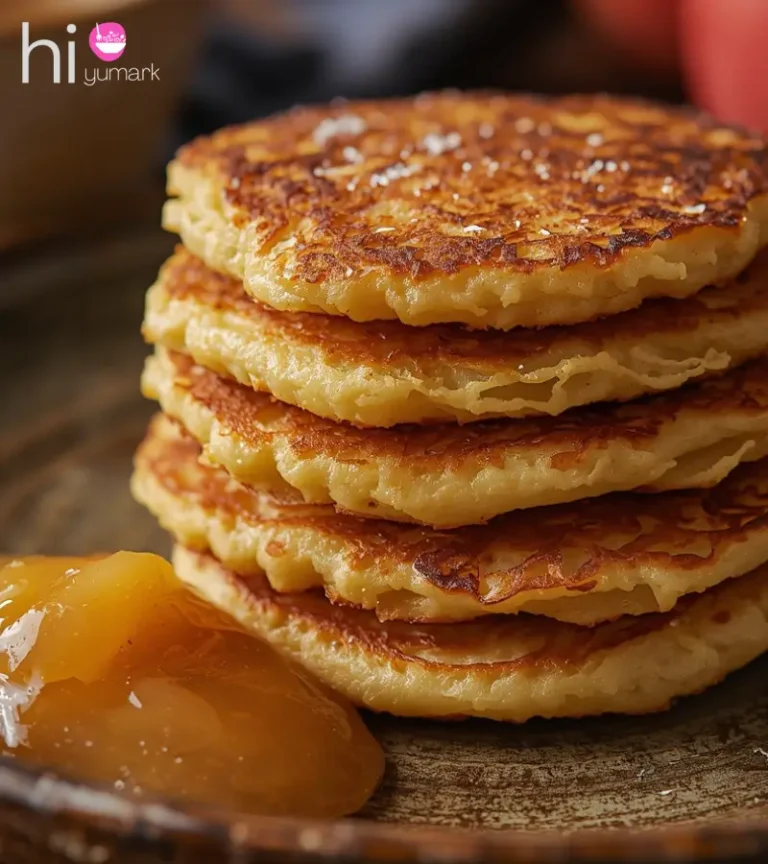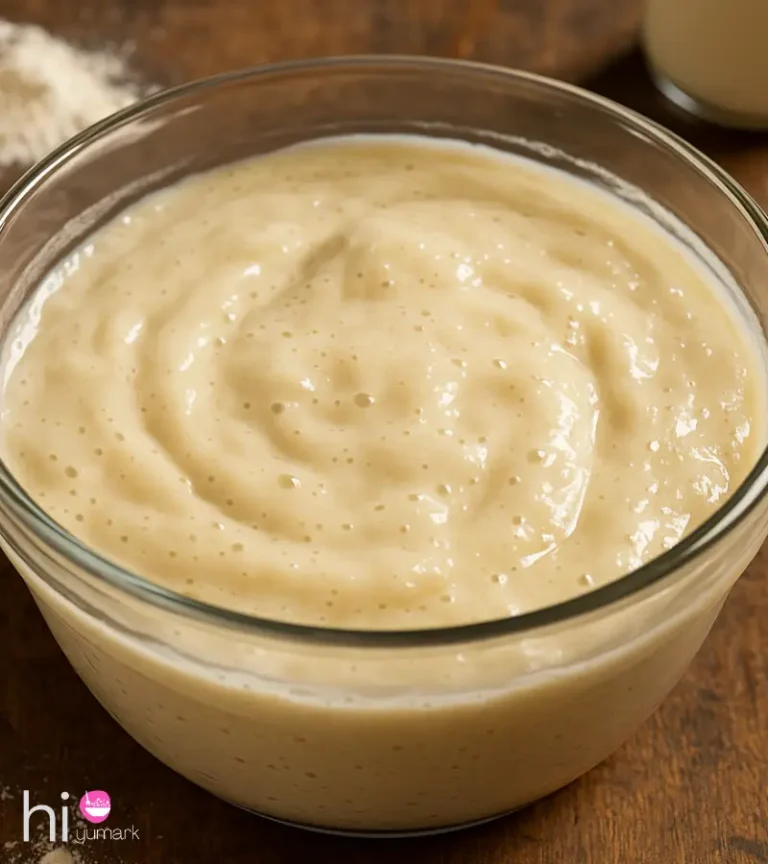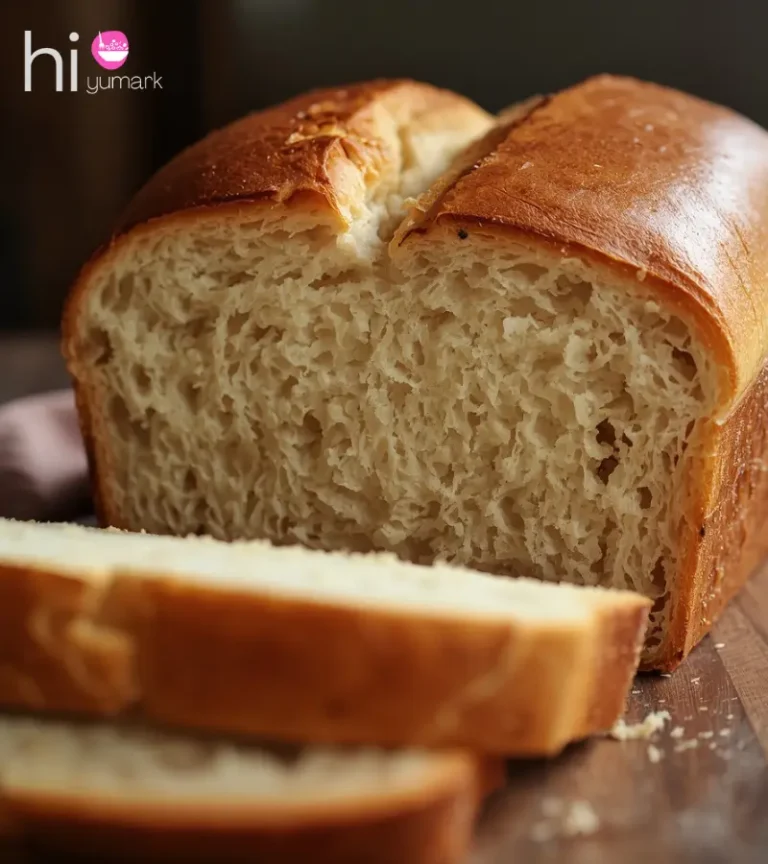Why Do Amish Rolls Freeze Without Losing Fluffiness?
Ever wondered why some rolls come out of the freezer dense and dry, while Amish rolls stay pillowy-soft? The short answer: Amish rolls use an enriched, often potato-based dough that locks in moisture and protects texture during freezing. It’s not magic – it’s smart baking science passed down through generations.
Because of these ingredients and careful preparation, the rolls can handle freezing without collapsing or losing their light, airy crumb. When thawed and baked, they taste like they were made fresh that morning.
In this guide, we’ll break down the exact reasons why Amish rolls hold their fluffiness in the freezer, the science behind it, and the practical steps you can use at home to get the same results – every time.
What Ingredients Give Amish Dinner Rolls Their Exceptional Fluffiness?
The secret starts with potatoes – mashed or in potato water. Potatoes are loaded with starch, which traps moisture inside the dough. This keeps rolls soft and fluffy even after a long freeze.
Amish rolls are also enriched breads. That means they contain milk, butter, sugar, and eggs. Each of these adds fat and protein, which tenderize the crumb and create a softer bite.
Compared to lean doughs (like a baguette), enriched dough has more structure protection. This extra richness keeps the gluten network from breaking down as easily during freezing.
What Happens to Yeast in Rolls During Freezing?
Yeast is alive, but freezing puts it under stress. Some yeast cells die in the freezer, reducing their ability to rise the dough later.
Here’s the twist: when yeast cells die, they release glutathione, a natural dough relaxer. In most breads, too much glutathione weakens the structure.
But in Amish rolls, the potato starch and fats counteract this, so the dough stays strong.
The result? Even after freezing, there’s enough yeast activity and structural integrity for a good final rise.
How Do Ice Crystals Affect Dough Structure – and How to Minimize Damage?
When you freeze bread dough, water inside turns to ice crystals. Large crystals can tear gluten strands, making bread heavy and uneven.
The key to preventing this is fast freezing. Bakers call it “flash freezing”- getting the temperature down to 0°F as quickly as possible. The faster you freeze, the smaller the ice crystals, and the less damage they cause.
Also, avoid self-defrosting freezers for long-term storage. They warm up periodically, which melts and refreezes the dough, leading to crystal growth.
Techniques for Freezing Dough Without Losing Fluffiness
Here are proven Amish baker techniques:
- Flash freeze shaped rolls on a baking sheet until firm. Then transfer to a freezer bag.
- Freeze before the final rise. When thawed slowly, the dough rises fresh, producing a better crumb.
- Store at 0°F or lower and bake within 4–6 weeks for best results.
Step-by-step freezing process:
| Step | Action | Why It Matters |
| 1 | Shape rolls after first rise | Keeps form intact |
| 2 | Freeze on tray until solid | Prevents sticking |
| 3 | Transfer to airtight bag | Stops freezer burn |
| 4 | Thaw, let rise fully | Ensures maximum fluffiness |
| 5 | Bake as usual | Fresh-from-oven taste |
Best Practices for Thawing and Baking Frozen Rolls
For unbaked frozen dough:
- Place in a greased baking pan.
- Cover and thaw at room temperature until doubled in size (4–5 hours at 65–70°F).
- Bake normally.
For fully baked frozen rolls:
- Wrap tightly in plastic, then foil before freezing.
- Thaw at room temperature, then warm in a 300°F oven for 10 minutes.
This double-wrapping method prevents freezer burn and moisture loss.
Why Some Methods Still Yield Excellent Results Despite Risks
Even if your freezing process isn’t perfect, Amish rolls often turn out well because their potato starch and fat content act as a safety net.
These components:
- Hold water in the dough, reducing dryness.
- Protect gluten from damage.
- Allow yeast to bounce back better after thawing.
That’s why Amish rolls can be frozen for weeks and still bake up soft and airy.
Community-Tested Tricks for Fluffy Freezer Rolls
From Amish kitchens to Reddit baking threads, these tips come up often:
- Add a bit more yeast if you know you’ll freeze the dough.
- Slightly underbake rolls before freezing so they finish perfectly when reheated.
- Never refrigerate rolls before freezing – cold fermentation is different and can affect texture.
Conclusion
The reason Amish rolls freeze so well comes down to smart ingredient choices and careful handling. Potato starch, enriched dough, and proper freezing methods keep the crumb moist and airy even after weeks in storage.
Whether you’re meal-prepping for the holidays or just making a big batch for later, these techniques work in any kitchen. Follow them, and your frozen rolls will taste as if they just left the oven.
Bookmark this guide, experiment with the methods, and keep coming back for more practical, tested tips that make home baking easier – and more delicious.
Read related Amish recipe queries






